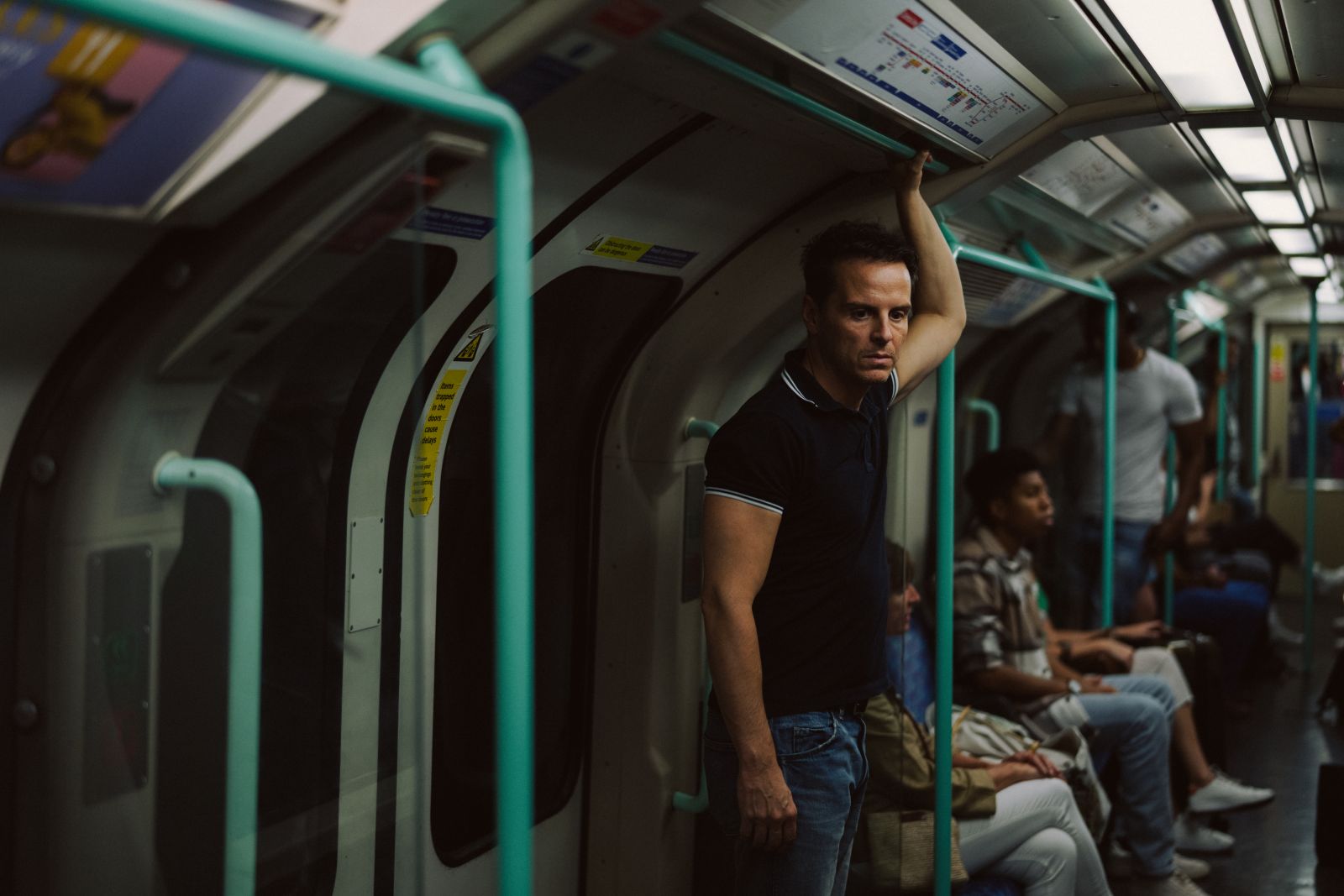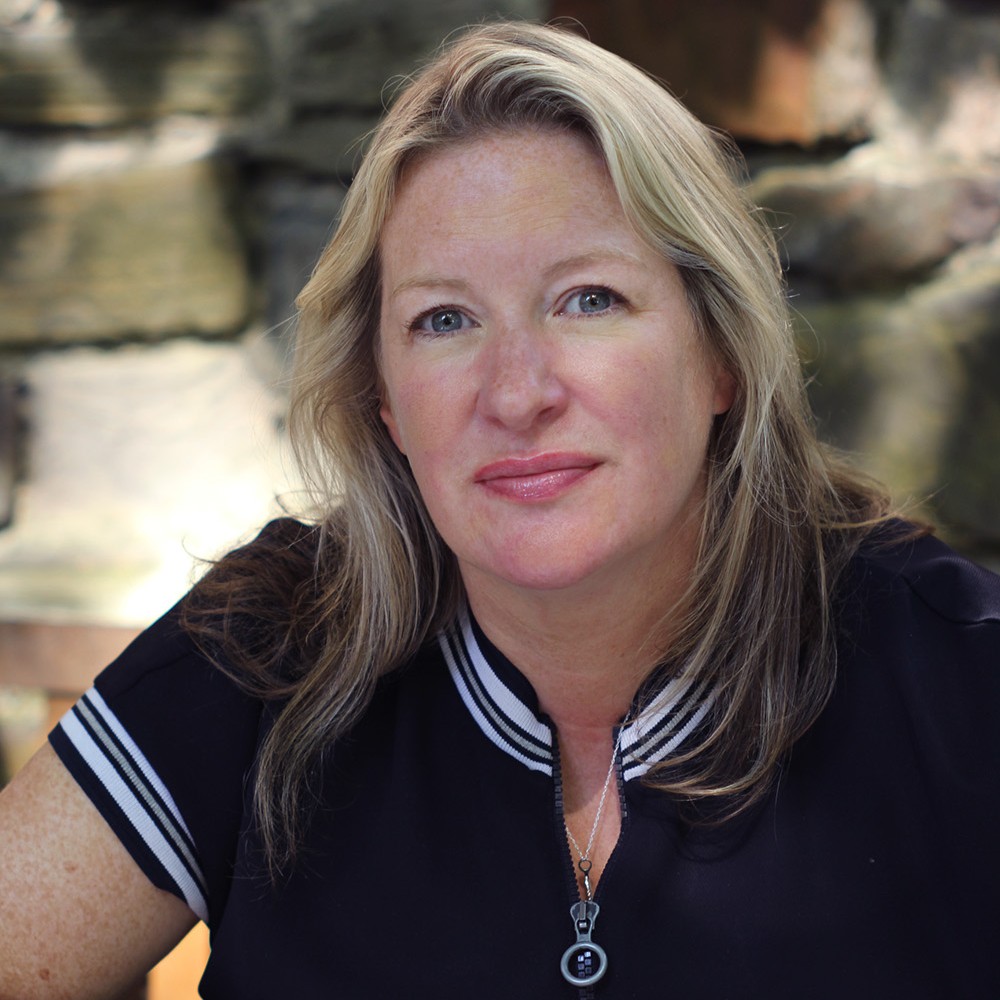Casting director Kahleen Crawford on her role: 'I’ve always been interested in people’s mannerisms'
Often unsung, casting directors will get their moment in the spotlight in 2026, with a new Oscar category added to honour their craft. Claire Sawers talks to those working in the role about beauty standards, diversity and being Scotland-based in a London-centric industry

‘I always watch people. I’ve always been interested in people’s mannerisms, their jewellery, their accents; it all tells a story,’ says Kahleen Crawford, chatting over Zoom from her London office.
Glasgow-born Crawford was 23 when she was chosen by Ken Loach to cast his film Ae Fond Kiss. It was her first job. She’d studied Loach as part of her film and TV studies degree and went on to collaborate with the kitchen-sink socialist director for 21 years, casting every feature film of his thereafter. She set up her own casting agency in 2006, with offices in Glasgow and London, and has cast Charlotte Rampling, Olivia Colman and Scarlett Johansson over the years, working recently on movies including Pillion, The Outrun and All Of Us Strangers. ‘We talk about actors “playing range”,’ says Crawford. ‘Someone might be amazing with humour but can they drop their guard at a critical moment in a film? Do we buy it when they need to show deep emotions? Actors evolve throughout their life and can become totally different performers; it’s an ongoing relationship.’
She remembers an ‘extraordinary’ audition with Josh O’Connor, when he improvised knocking on a door in 15 different ways, and being completely blown away by Andrew Scott. ‘Some actors are waiting for their next line. With Andrew, you can see the thoughts, everything going on in his mind. You spot the ones who are listening. They are communicating so much over and above the lines.’
Orla O’Connor has been a casting director for almost 20 years, and when we meet in her Leith office, she’s sitting beneath a wall covered in Polaroid photos of actors that she has worked with, including a baby-faced Andrew Scott, plus Brian Cox and Alan Cumming, both of whom she recently worked with on Glenrothan. ‘Casting directors are often the first in on a project,’ she says. ‘We’ll see a script sometimes years before a director comes onboard. What we do is crucial; it’s an invisible art. People don’t talk about casting if it’s done well but they will talk about it if it’s not.’

O’Connor, like her ‘CD’ peers, was delighted when the Oscars introduced a new category to recognise casting talent. The Academy Awards confirmed the move last year after a long campaign from the casting industry and 2026 will see the first winner announced. ‘We finally feel seen,’ says O’Connor. ‘Casting directors are integral and really do have an important influence. They have a say in who represents society on screen.’
Crawford, like O’Connor, works with actors from around the world and is concerned by contemporary notions of beauty. ‘These can be defined by such a narrow part of society,’ she notes. ‘Certain cultures, like Hollywood, really lead the conversation. The pressure on people to look symmetrical or augmented or whatever can be massive, and we sometimes need to have very robust conversations about who is the best actor to match the role. I’ve heard astoundingly awful things come out of executives’ mouths. It can be a real gut punch. We have to factor in skills, of course, and sometimes bankability and audiences are a major factor, but also let’s think about someone’s spirit! Pillion, for example, featured a disabled actor in an orgy scene. The feedback from performers with mobility impairments was amazing. They were delighted to have representation; for their sex life to be documented on screen.’
‘Diversity is so important,’ agrees O’Connor. ‘I’ll often comment if I think a cast is too male-heavy, or suggest casting someone wonderful in a wheelchair, not because it’s a disabled role, or because someone wants to shoehorn in diversity at the last minute, but because they authentically fit the character best. Real life is diverse. For me, I’m casting a soul. I put Ruth Negga forward for Iona and was told: “Oh you know, we don’t have to have a non-white actor”. I had to explain: “No, Ruth was the first person I thought of”. She was the right person for the job and we cast her.’
Across town, in her office at Edinburgh’s Summerhall, is casting director Simone Pereira Hind, whose first casting job was Circle Of Friends from 1995. She’s cast the likes of Jeremy Irons, Cate Blanchett, Kenneth Branagh and Willem Dafoe, and worked on films such as Munich: The Edge Of War (starring Irons and George MacKay) and Nobody Has To Know (featuring Michelle Fairley and Bouli Lanners). She joined forces with fellow casting director Anna Dawson earlier this year to create Pereira Hind & Dawson Casting. Like O’Connor and Crawford, Pereira Hind uses her platform to advocate for under-represented communities, the deaf, disabled and neurodiverse (DDN), as well as people of colour and gender non-conforming actors.

‘Over my career, I’ve seen ginormous strides when it comes to diversity, mostly in the last ten years. But we still have many more steps to take. I’m frustrated by the fact that we aren’t yet on a level playing field. Execs are often so preoccupied by not showing actors of colour, DDN actors and transgender actors in a negative light that those actors effectively miss out on playing some great roles: the baddies! I understand why we don’t want negative stereotypes, of course, but it will be great when the time comes when there is genuine equality for all.’
As for the challenges of casting Scottish actors or working from Scotland in what can often be a London-centric world, all three casting directors are reading from the same script. Things are far better than they have been in the past, but Scottish cinema needs nurtured, and respected, in order to thrive. Both Crawford and O’Connor describe walking away from projects where they feel Scotland wasn’t well reflected. ‘When I meet silly stereotypes or badly researched opinions of Scotland, I like to gently illustrate that they’re wrong,’ says Crawford. ‘Without ramming it down anyone’s throats, you present certain actors and they gradually realise they have the wrong impression. Attitudes have changed. Scotland is being embraced as a location.’
‘I often say, please don’t call me a local or Scottish casting director,’ laughs O’Connor, who is originally from Derry. ‘I don’t see myself like that. I choose to live in Edinburgh but I very much work on an international level. Especially since lockdown it doesn’t matter where you are; you can collaborate with global projects. Ireland used to have the same problem as Scotland: London casting directors would come and bring actors from London. It was seen as having the expertise, which is where me and my casting director colleagues come in. Yes, we have a niche, but that’s not just what we do. Many projects have so much cross-fertilisation between countries now.’
‘Anna and I feel privileged to work here in Scotland,’ says Pereira Hind. ‘Since I returned to casting in 2011, opportunities for Scottish actors have grown immeasurably. With the establishment of so many studios and the tax breaks, film and TV makers have flooded to Scotland to use our facilities and actors. I’d love it if there were more opportunities coming from inside Scotland too. I think that’s happening, but slowly. It’ll be a great day when more homegrown feature films are made in Scotland by filmmakers, crews and actors based in Scotland. Bring it on!’